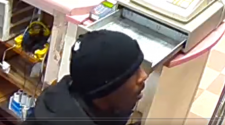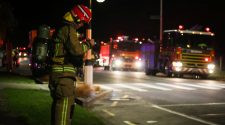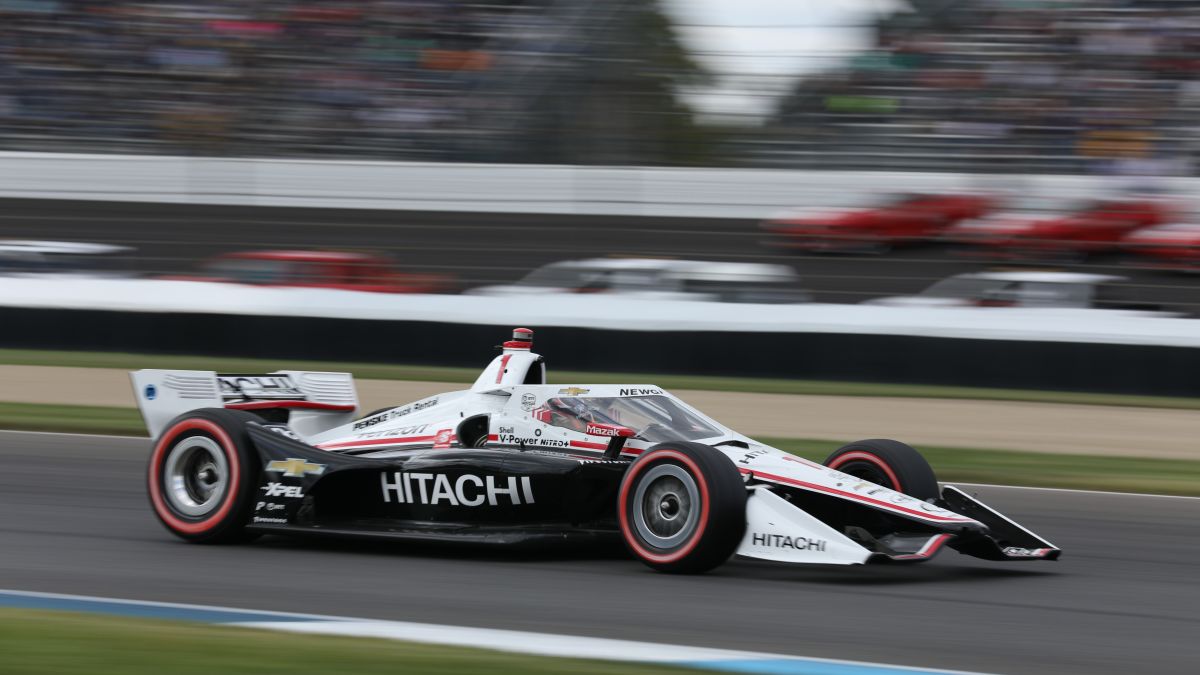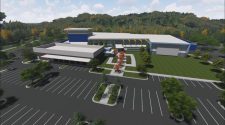The COVID-19 pandemic has changed the way a lot of folks interact with the world around them, and that’s had a big impact on the racing world. Fans have often been forced to watch from home while some series either test everyone in its “bubble” religiously or hope that everyone will follow the honor system to report health issues. It’s been the same situation in IndyCar—but now Team Penske is utilizing its relationship with sponsor Hitachi to make the paddock just a little bit safer.
On Thursday, we had a chance to chat with Justin Bean, who focuses on marketing Hitachi Vantara’s smart spaces technology. Basically, smart spaces utilize video analytics and lidar to evaluate the ways people move within a space. So, as Bean noted, it has been used to great effect in stadiums to let people know where the shortest concession lines are. It can also help evaluate the best way to design a public space to guarantee social distancing.
When it comes to Penske specifically, Hitachi Vantara has provided the team with thermal scanning technology that can immediately identify someone’s temperature to ensure they aren’t feverish—one of the many signs of COVID-19.
“It’s an infrared camera that is able to scan people as they walk through, so it’s much faster and less invasive,” Bean said, comparing the thermal camera technology to the more traditional method of a health official checking one’s temperature. “It only takes a second or two to scan someone as they come through, and they can be wearing hats or masks or these types of things.”
Hitachi Vantara has designed a portable temperature solution. A thermal camera connected to a monitor is organized on a wheeled cart that’s overseen by a socially distanced health official. A person can step in front of the camera, and the monitor will display a color-shielded image of their face. If they’re within the appropriate temperature range, their image will come up green. If not, their image will be red. A real-time pop-up will let them know that their temperature is elevated, and health officials at the event can take next steps, whether that’s double checking a temperature or issuing a rapid-response COVID-19 test.
G/O Media may get a commission
And all that tech is overlaid with a level of AI technology. From Bean:
This isn’t just a thermal camera. There’s actually artificial intelligence behind the footage. What it does is it looks at multiple points on the person’s face so it can get a better estimation of what that body temperature is. Then, they’re able to send a real-time alert if they detect an elevated body temperature, and that gets recorded in the system, so they know which entrance or area this was detected. Then that goes into an analytics software where they can look at trends or what happened when an incident occurred: was there a secondary test, what happened with that secondary test, and then they can go from there.
Bean notes that it’s just one step forward, but it’s still a step closer to preventing the spread of the virus. Multiple thermal detection systems can be used, it reduces human-to-human contact, and it can track hard numbers to see if, say, a lot of people at one entrance gate were coming back warm because they were standing directly in the sun.
This tech has only been implemented with Team Penske in IndyCar, but considering the fact that team owner Roger Penske also owns the series and the Indianapolis Motor Speedway, it’s possible that he could team up with Hitachi Vantara for a more comprehensive COVID-19 safety plan for the 2021 season.
Indeed, Hitachi Vantara has introduced other technologies in response to the pandemic. There’s a hand washing verification technology that utilizes smart video to ensure a person washed his hands for the appropriate amount of time and with the appropriate supplies. There are 3D lidar cameras that can detect whether or not social distancing is happening in a certain area. There’s also a PPE detection technology that can identify whether or not a person has on, say, a mask or gloves.
(I asked Bean about whether or not that technology can identify whether or not someone is wearing PPE correctly. As we’ve seen, many folks in motorsport paddocks around the world seem to struggle with the concept of how to wear a mask. Bean noted that, no, that was not currently a feature—it’s more of a “yes or no” type of thing—but that future versions of the software could be adapted to detect nostrils and chins.)
No, those last few things aren’t available in the IndyCar paddock yet, but Bean envisions a future where they are available.
“In the racing context… I would think that you’re gonna start seeing more of this type of data in place because we’ve gotten through the first wave, but there’s probably a second wave coming,” he said. “And even if there’s not, there will be another pandemic at some point, there’s a flu season, and there’s just general safety requirements that need to be in place in places where people gather. So, having this type of data is going to be essential in preventing the further spread and magnitude of impact and mitigating the risk in these types of diseases.”
But once we evolve past the simple ability to keep people safe, he also believes racing could benefit from more of this technology. It would be a great solution in the pit lane, where the analysis of man-to-machine interaction can provide a detailed look of things that crew members can improve on, or ways that drivers can better assist their crews.
And there’s the consumer level, which is one that Bean seems particularly excited about. If you’ve ever been to a race, you know that waiting in line for food or the bathroom can be an exhausting task on a busy day. Lidar could provide a database of information with which to analyze race day crowds. It could let you know where the shortest bathroom line is, for example, or give you an alert before what is traditionally one of the busiest times to get concessions. It also lets the track know how to adequately man concessions stations.
I did have to ask about identity security, though. A big criticism against AI is the fact that, with it collecting so much data, it could easily collect a database of identifying characteristics. Bean is quick to note that, within Hitachi Vantara, data and its access is highly regulated:
With video, we can pixelate the footage so the personal data can’t be seen, or we can color map it so you just can’t see who the people are. But then if a crime happens in this area, the people in the security room might need to use that footage for evidence. Within that system, they can use a chip card and a pin number to access that raw footage, and then the system tracks the activity, so you know how that data is being used. It’s auditable, and you can see into the compliance metrics there.
That’s a really important part, making sure you’ve got privacy protection on top of video. Today, that’s not the case in most places that have security cameras. They’re just collecting the data, but we’re offering a solution to the market for that privacy protection.
So, if you were a security guard watching video of the goings-on of a store, you’d only be able to see blue human-shaped blobs or pixelated blurs. But that’s an edited version of the “real” footage, which is stored behind a security wall.
It’s similar with lidar:
With lidar, it’s just collecting 3D point cloud data, and so the lasers aren’t able to see identifying characteristics of people. And no one is just sitting there watching the lidar screen. There’s an AI that’s analyzing the motion and the movement, and it has to be designed to collect the specific type of data that it’s collecting.
So what Team Penske is working with is only one of the incipient steps of what this software can do—but it suggests we might have one hell of a cool future at the track.
















